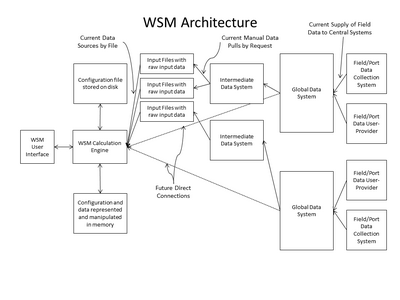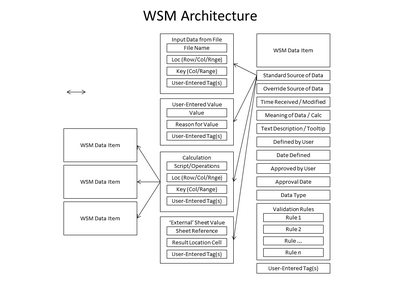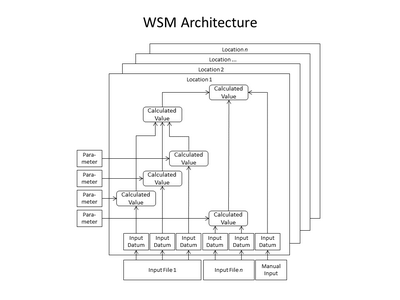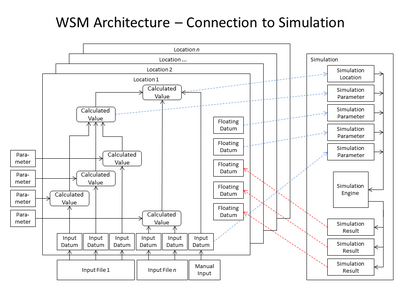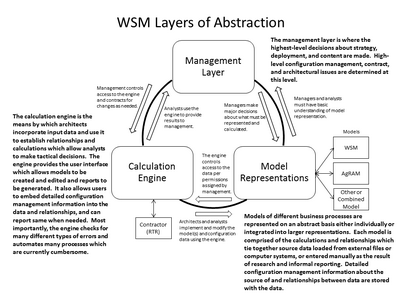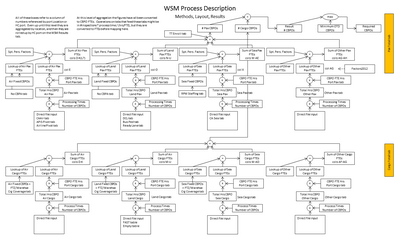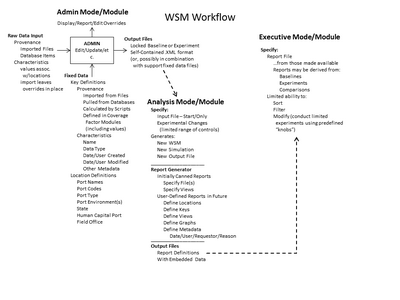A concept model, or conceptual model, is an abstract representation of an organization, process, system, or product. It relates the nouns and verbs and other categorizations within and between elements. It can take any arbitrary form, in contrast with the prescribed rules for formatting a mind map. It can include labels on the nodes and on the connections between them. It uses vocabulary germane to the industry, project, and engagement team.
I think of two possible definitions of what makes a concept model. In my framework, any abstract representation created during the conceptual model phase is a conceptual model. This is usually generated after the discovery operation. The other context, per the BABOK, is more general, and has to do with the makeup and contents of the model (which is usually a drawing or figure but should include all descriptive materials that communicate similar information).
I have often tended to construct these in the form of process diagrams but they can also take the form of architecture diagrams, hierarchy diagrams, representational diagrams, and hybrids of these and others. Certain drawings tend to be produced during specific phases I define in the framework. Concept models, it should come as no surprise, are produced to reflect the As-Is state in the conceptual model phase. They can also be produced to represent the abstract To-Be state in the requirements phase. Model diagrams produced in the design phase tend to be more concrete in their more detailed description of the To-Be state. Diagrams from the Implementation and Test phases will be even more concrete as they will reflect the As-Built state (which itself becomes the new As-Is state).
This foregoing discussion of abstractness and concreteness is a little different than what a concept model is meant to represent. Concept models are necessarily abstract in that they are not intended to show exact details of physical objects, even if they are otherwise drawn to scale. The figure below shows a simulation model built for a land border crossing. It is laid out on a scale drawing of the ground layout of the facility, so the correct distances and movement times are modeled. This particular diagram represents the As-Is state, but a To-Be diagram prepared for the design or implementation phase would look exactly the same. What makes it a concept model is that it shows the nouns and verbs of the customer’s process using its preferred vocabulary.
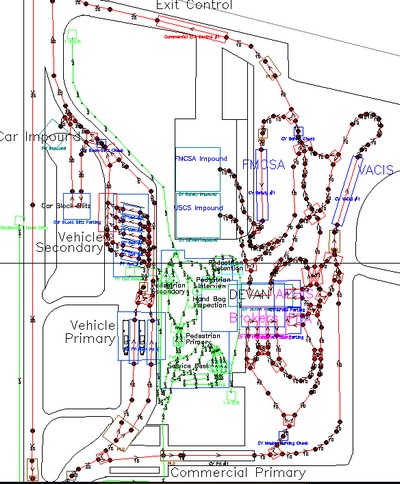
A diagram of this layout, by itself, would not be considered to be a concept model.
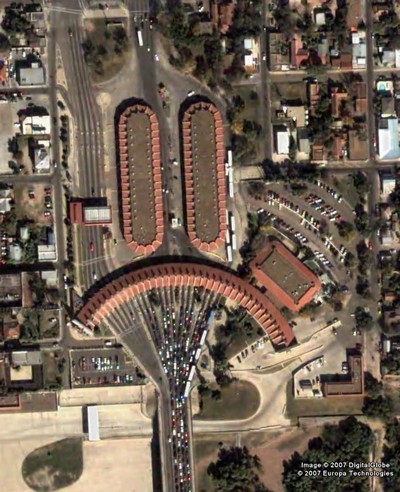
This model might be considered a little more conceptual as it shows less detail.
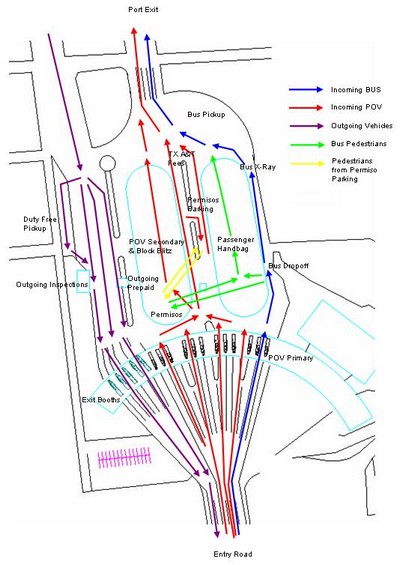
The next series of diagrams show different conceptual representations of a different systems.
